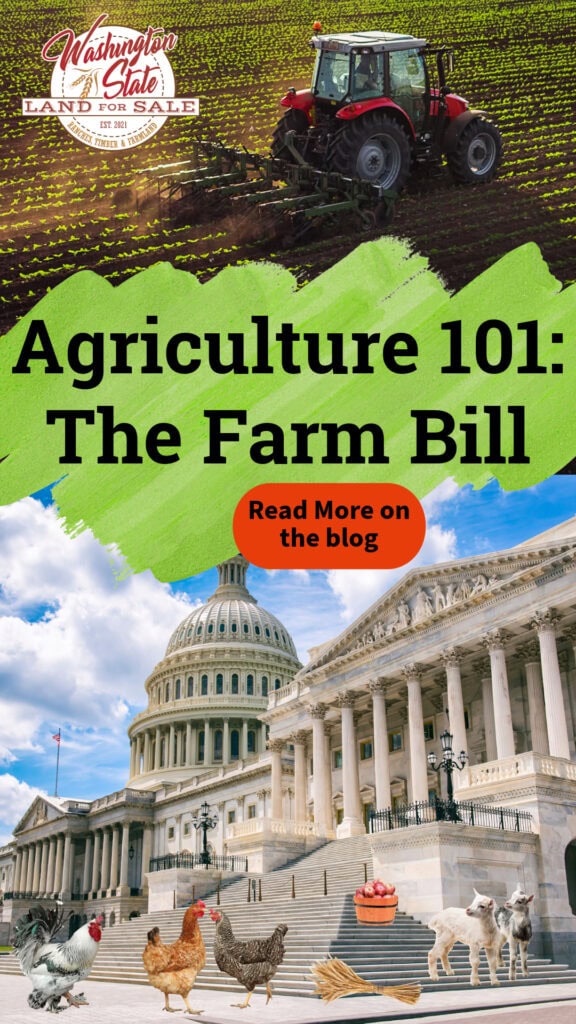The Farm Bill, a cornerstone of U.S. agricultural policy, has a rich history dating back to the Great Depression. Initially introduced in the 1930s as a response to the economic challenges faced by farmers during that time, the Farm Bill aimed to provide financial stability and ensure a steady food supply for the nation. Over the years, the legislation evolved to address changing agricultural needs, incorporating provisions related to commodity price supports, conservation initiatives, nutrition programs, and rural development. The Farm Bill is typically renewed every five years, reflecting the dynamic nature of agriculture and the ongoing need for comprehensive policies to support the farming community.
Today, the Farm Bill plays a multifaceted role in shaping the agricultural landscape. It encompasses a wide range of programs, including commodity subsidies, crop insurance, and conservation initiatives. A significant portion of the bill is dedicated to nutrition assistance programs, such as the Supplemental Nutrition Assistance Program (SNAP), which aims to address food insecurity in the United States. Additionally, the Farm Bill allocates resources for research, rural development, and trade promotion, reflecting a holistic approach to sustaining a robust and resilient agricultural sector. Its impact extends beyond farms to touch the lives of consumers, conservationists, and rural communities, making it a comprehensive and pivotal piece of legislation in the realm of American agriculture.
